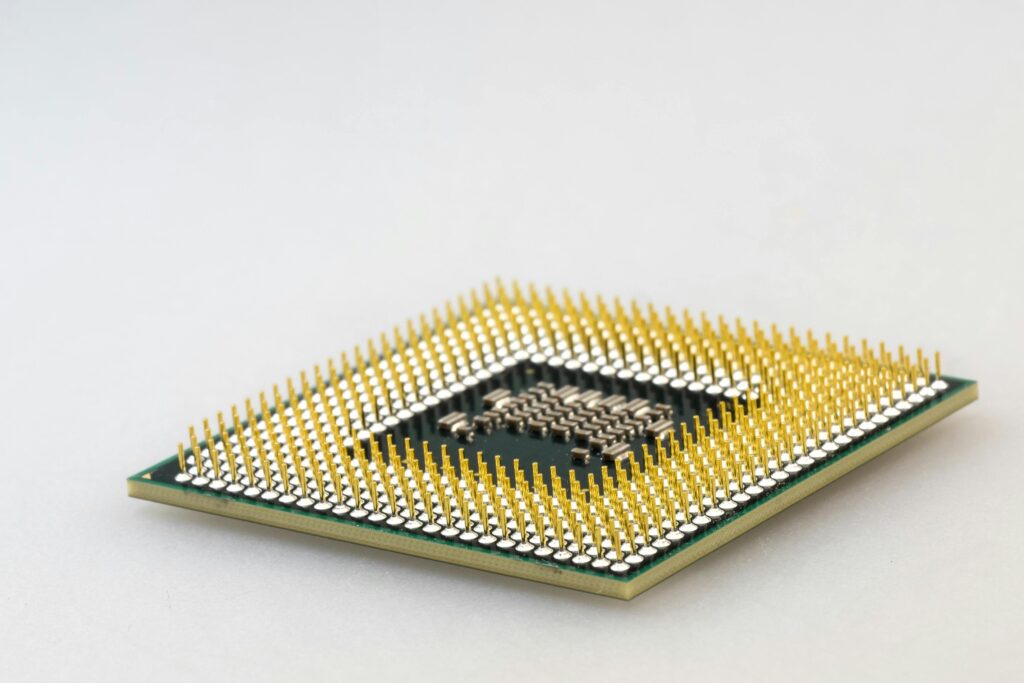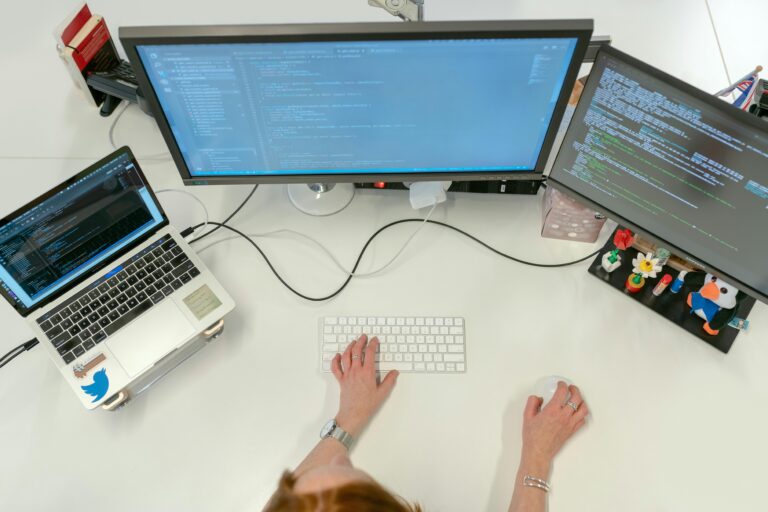The motherboard is the main circuit board inside a computer. It connects all the parts like the CPU, RAM, hard drives, and graphics card so they can work together. Think of it as the central nervous system of your computer.
If the processor is the brain, the motherboard is the body that holds everything together.

🧩 Why Is It Called a Motherboard?
It’s called a motherboard because it acts like a parent to other components. Every other part either plugs into it or connects through it. It also powers smaller circuit boards called daughterboards.
🔌 Main Parts of a Motherboard (Explained Simply)
Here’s a breakdown of the key components on a motherboard:
1. CPU Socket
- This is where the processor goes.
- Common types: LGA (used by Intel) and AM4/AM5 (used by AMD).
- Related: Intel Processors | AMD Processors
2. RAM Slots
- Also called DIMM slots.
- These hold your memory sticks (RAM).
- The more RAM, the faster your computer can handle multiple tasks.
3. Power Connectors
- Connect your power supply unit (PSU) to give energy to the board and components.
4. SATA Ports
- Used to connect hard drives and SSD drives.
- Example: SATA SSDs
5. M.2 Slot
- A newer slot for faster SSDs like NVMe drives.
- Faster than SATA.
6. PCIe Slots
- Used for graphics cards (GPUs), WiFi cards, and more.
- Example: NVIDIA Graphics Cards
7. Chipset
- Controls communication between the CPU, RAM, and other parts.
- Example chipsets: Intel Z790, AMD B550
8. CMOS Battery
- Keeps BIOS settings saved when the computer is turned off.

🛠️ How Does a Motherboard Work?
A motherboard:
- Distributes power to each component
- Lets the CPU talk to the RAM
- Connects storage devices (like SSDs) so the system can load files
- Provides ports and headers for USB, HDMI, fans, and more
Without a motherboard, none of the parts could work together.
🔍 Types of Motherboards (Form Factors)
Size matters when choosing a motherboard. Common types include:
| Type | Size | Use Case |
|---|---|---|
| ATX | Full-size | For desktops with many ports |
| Micro-ATX | Smaller | Budget builds |
| Mini-ITX | Compact | Small form factor PCs |
Each size affects how many components you can plug in.
💡 How to Choose the Right Motherboard
Before buying one, consider these:
- CPU Compatibility
Make sure it matches your processor’s brand and socket. - RAM Support
Check how much RAM it can handle. - Expansion Slots
For future upgrades (e.g., graphics cards, extra storage). - Ports
Look for enough USB, audio, HDMI, and Ethernet ports. - Built-in WiFi/Bluetooth?
Some motherboards come with this. Others need an add-on card. - Form Factor
Will it fit in your computer case?
👉 Pro Tip: Use PCPartPicker to check compatibility between your parts.
💾 BIOS vs. UEFI – What Runs Your Motherboard?
The BIOS (Basic Input Output System) or the newer UEFI (Unified Extensible Firmware Interface) is the software that controls your motherboard.
It starts your system before the operating system kicks in.
- Want to enter BIOS? Restart your computer and press Del or F2 early.

🛒 Best Brands for Motherboards
Some of the top motherboard brands are:
Each offers entry-level to high-end options depending on your needs.
🧪 Tools to Check Your Motherboard Details
Already have a PC and want to know your motherboard model?
Use These:
- CPU-Z: Free tool to view motherboard info
- Speccy: Shows system details
- Command Prompt: Type
wmic baseboard get product,Manufacturerto see your board info
🧠 Final Thoughts
Your motherboard is the unsung hero of your computer. It doesn’t just connect parts—it defines what your system can do and how far it can grow.
So whether you’re:
- Building your first PC,
- Upgrading an old one, or
- Just curious about what’s inside your laptop,

Knowing about the motherboard helps you make smarter tech choices.
Thank you for visiting! Check out our blog homepage to explore more insightful articles.



